Study suggests they help bypass hospital transfers for thrombectomy
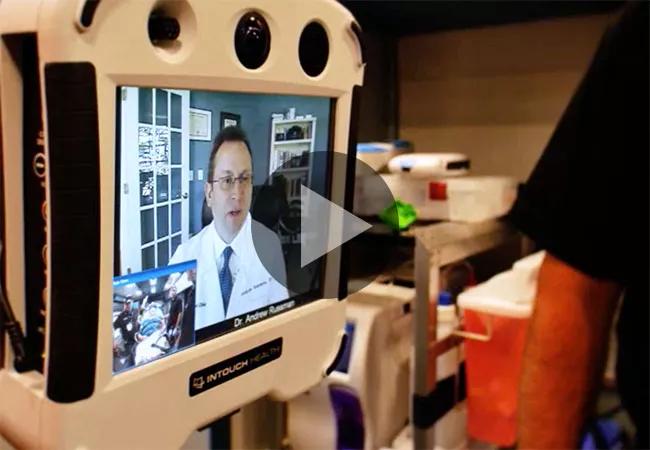
Mobile stroke units have revolutionized many aspects of acute ischemic stroke care where they’ve been adopted, but one little-studied aspect is their potential to help bypass interhospital transfers for thrombectomy in patients with large vessel occlusions.
Cleveland Clinic is a non-profit academic medical center. Advertising on our site helps support our mission. We do not endorse non-Cleveland Clinic products or services. Policy
Cleveland Clinic researchers began to change that with a study presented at the 2018 International Stroke Conference. They retrospectively identified 50 patients who underwent thrombectomy for large vessel occlusion in 2016 or 2017 and analyzed them by mode of transport — i.e., mobile stroke unit (n = 18), conventional ambulance from Primary Stroke Center (PSC) to Comprehensive Stroke Center (CSC) (n = 19) or direct presentation at a CSC (n = 13).
They found that patients transported by mobile stroke unit were more likely to receive IV thrombolysis and had door-to-CT times, door-to-needle times and door-in-door-out times significantly shorter than those for patients initially taken to a PSC and comparable to those for patients taken directly to a CSC.
In this three-minute video, coinvestigator Andrew Russman, DO, discusses the implications of these findings and how they suggest a model where mobile stroke units may increasingly function as “mobile Primary Stroke Centers” to help bypass interhospital transfers for patients requiring thrombectomy.
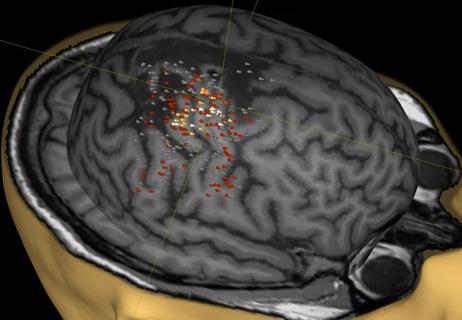
A noninvasive approach to map eloquent areas before surgery
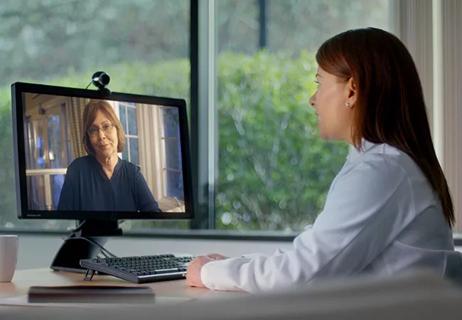
Physician reimbursement policy experts join forces with IT and coders to enable digital transformation
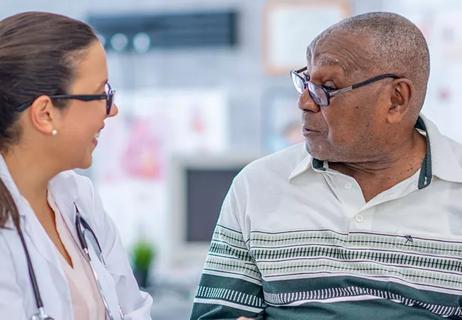
Minority Stroke Program focuses on outreach to racial and ethnic minority communities
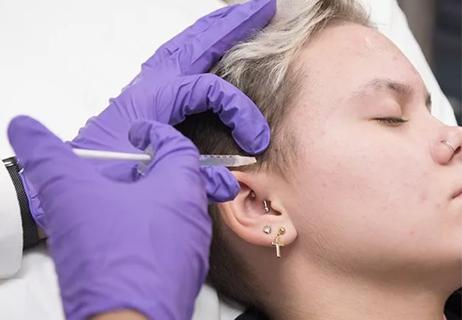
Excellent response seen with ongoing use in patients as young as 11

Q&A with a psychiatrist in Cleveland Clinic’s Transgender Surgery and Medicine Program
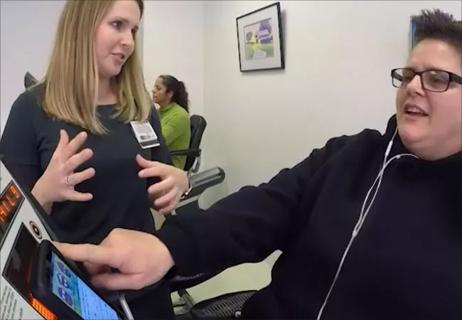
Time constraints, language barriers, substance misuse, mood disorders targeted for improvements
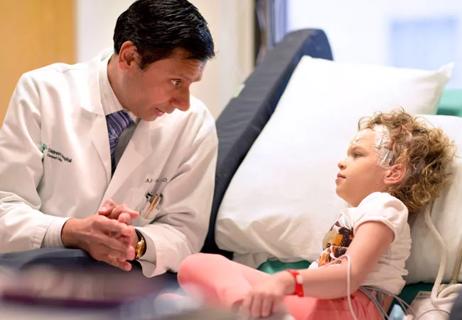
Project draws $1.6M to leverage telemedicine to create medical home, ease transition to adult care
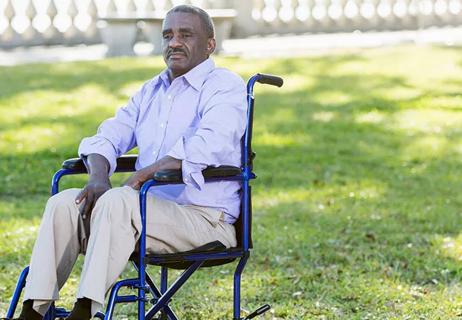
Comorbid depression is only one of the likely warning signs